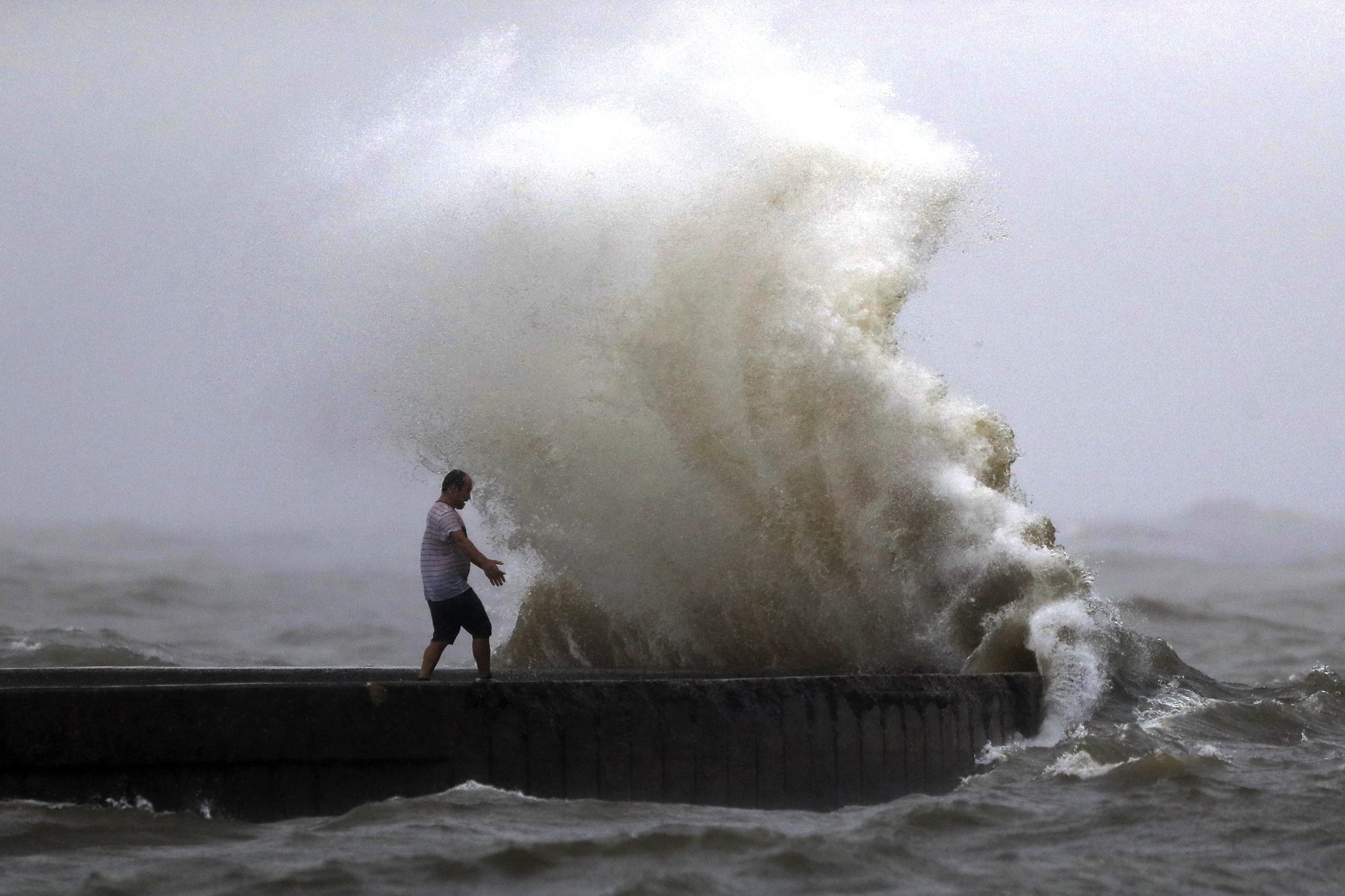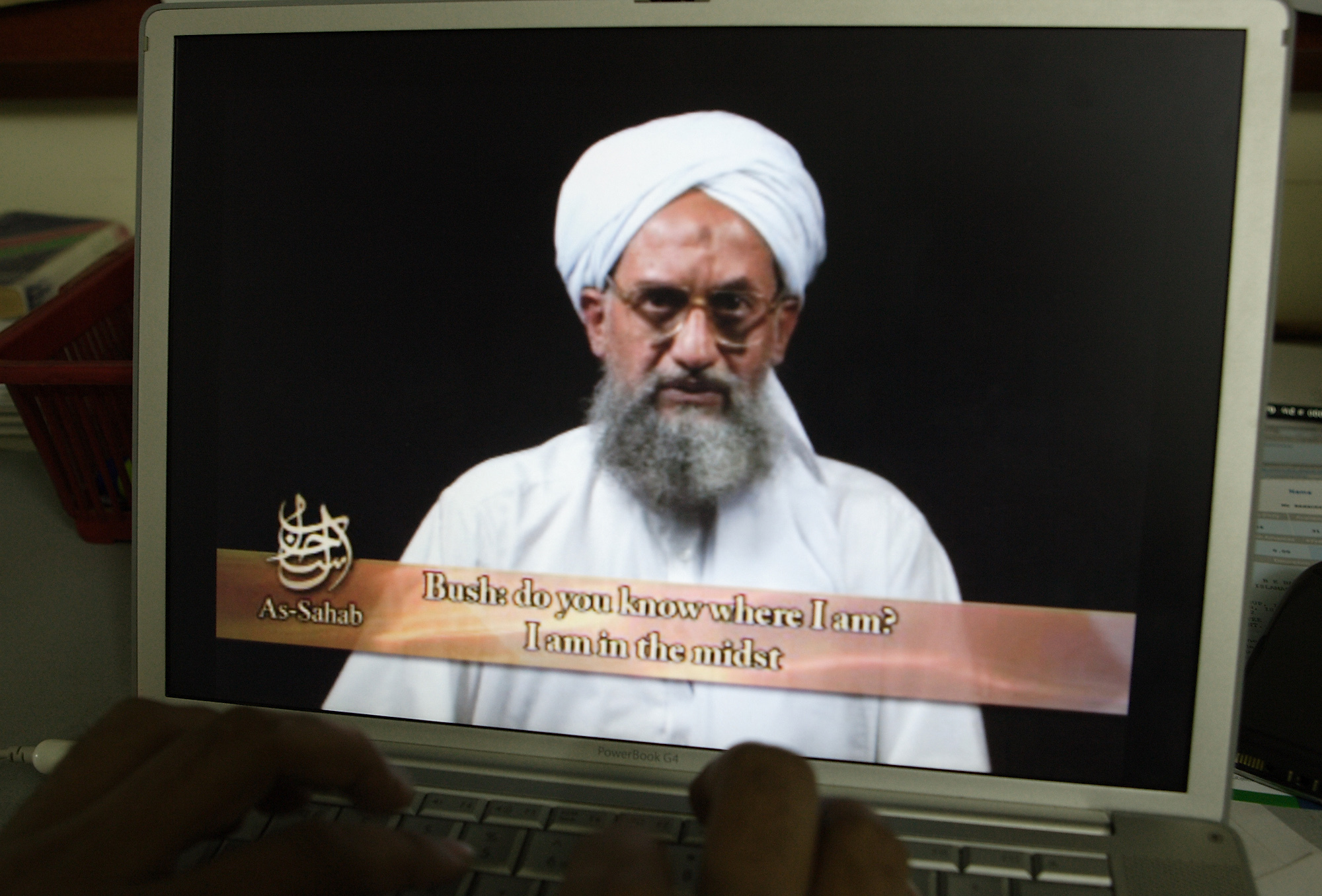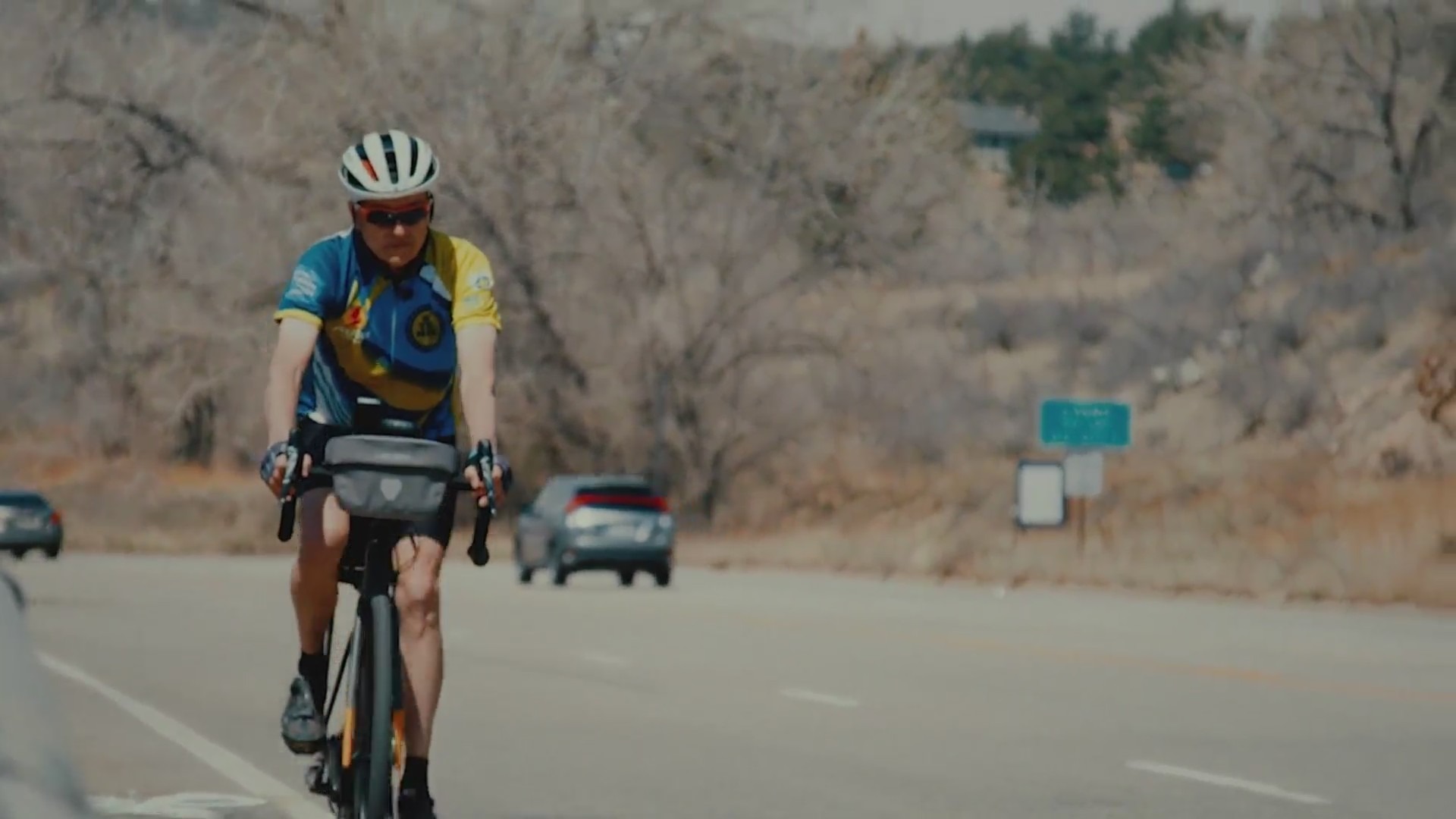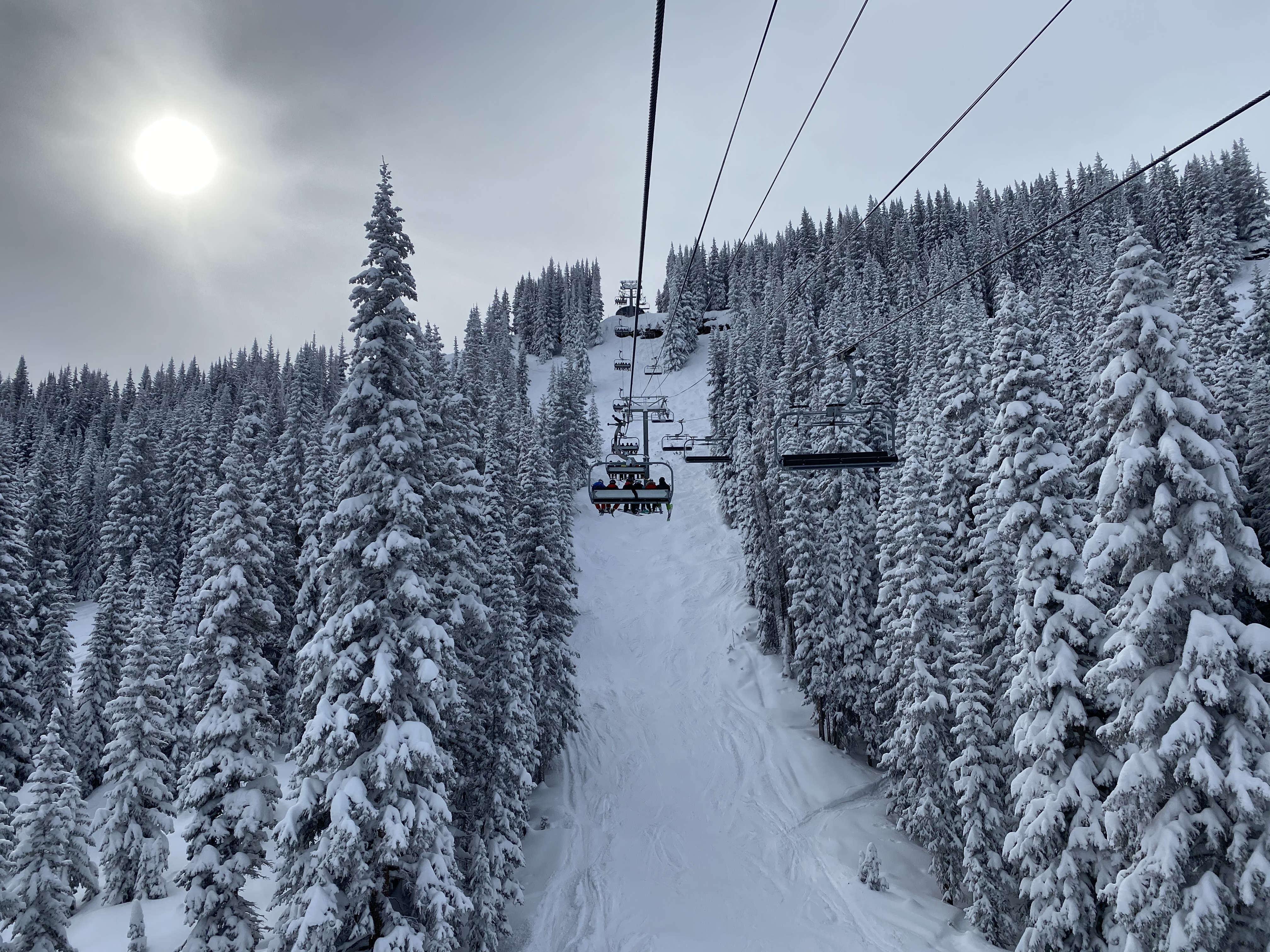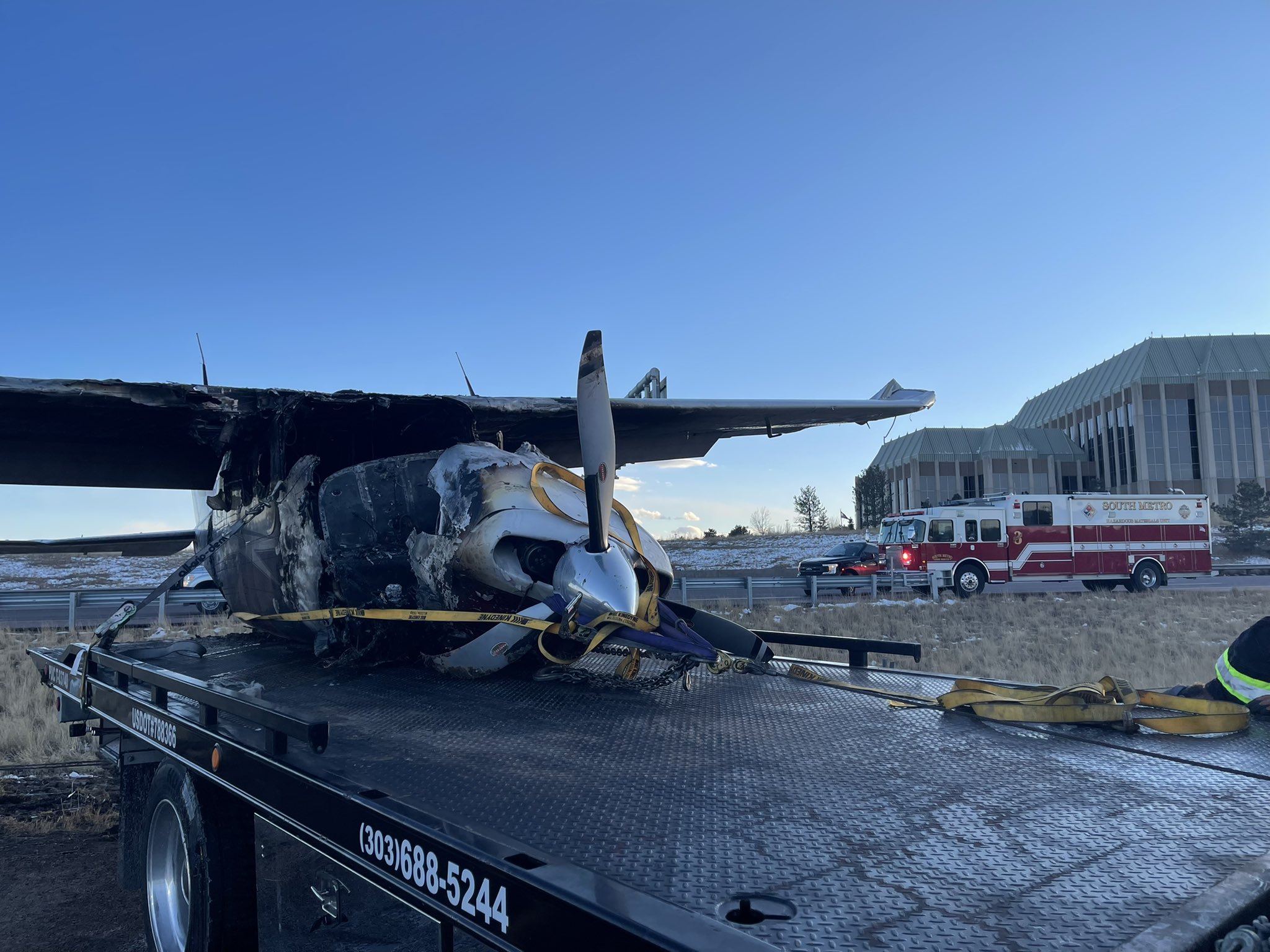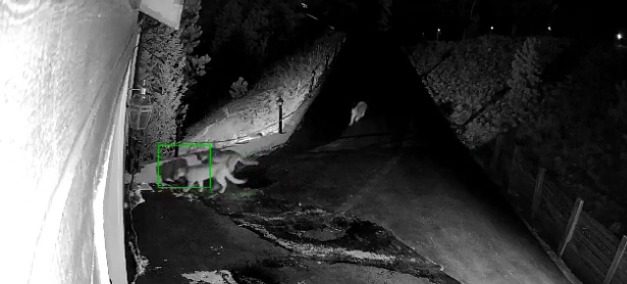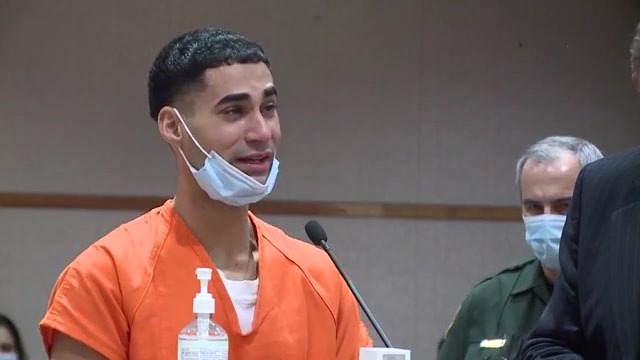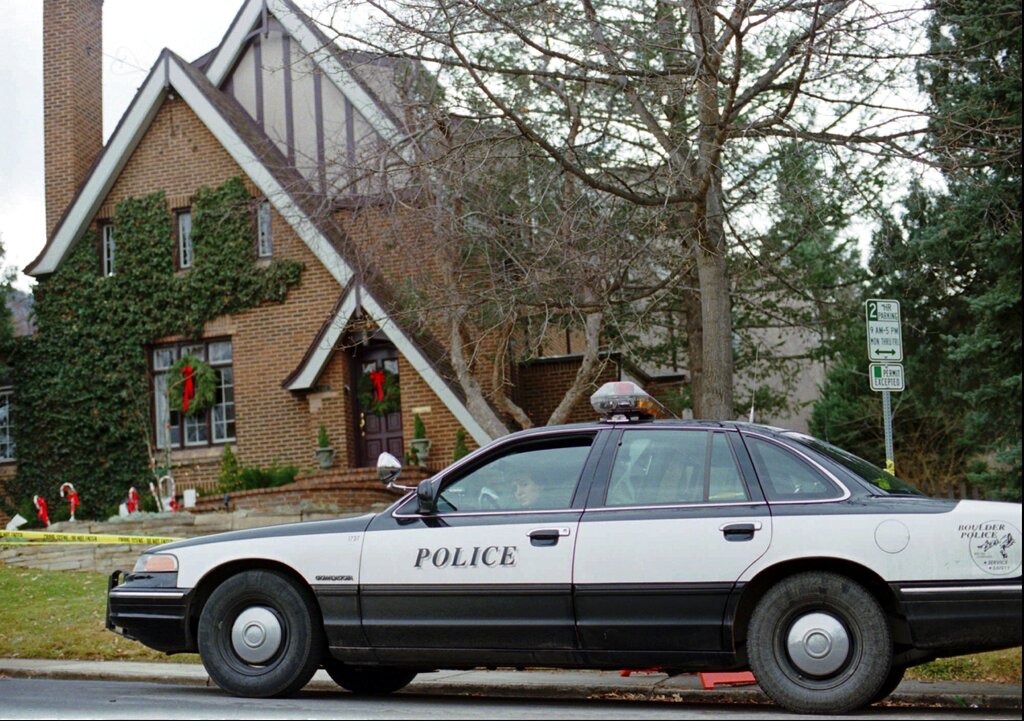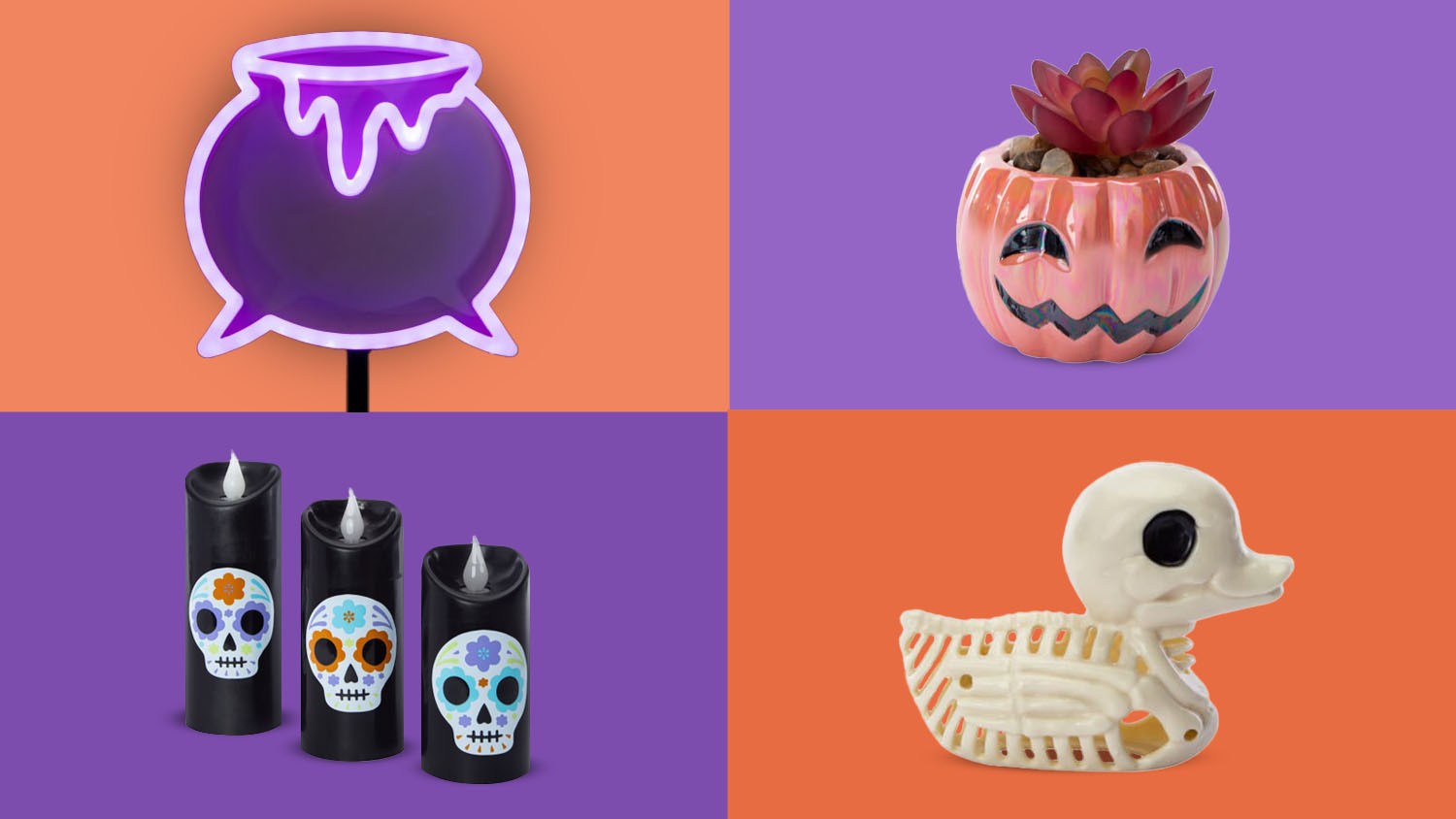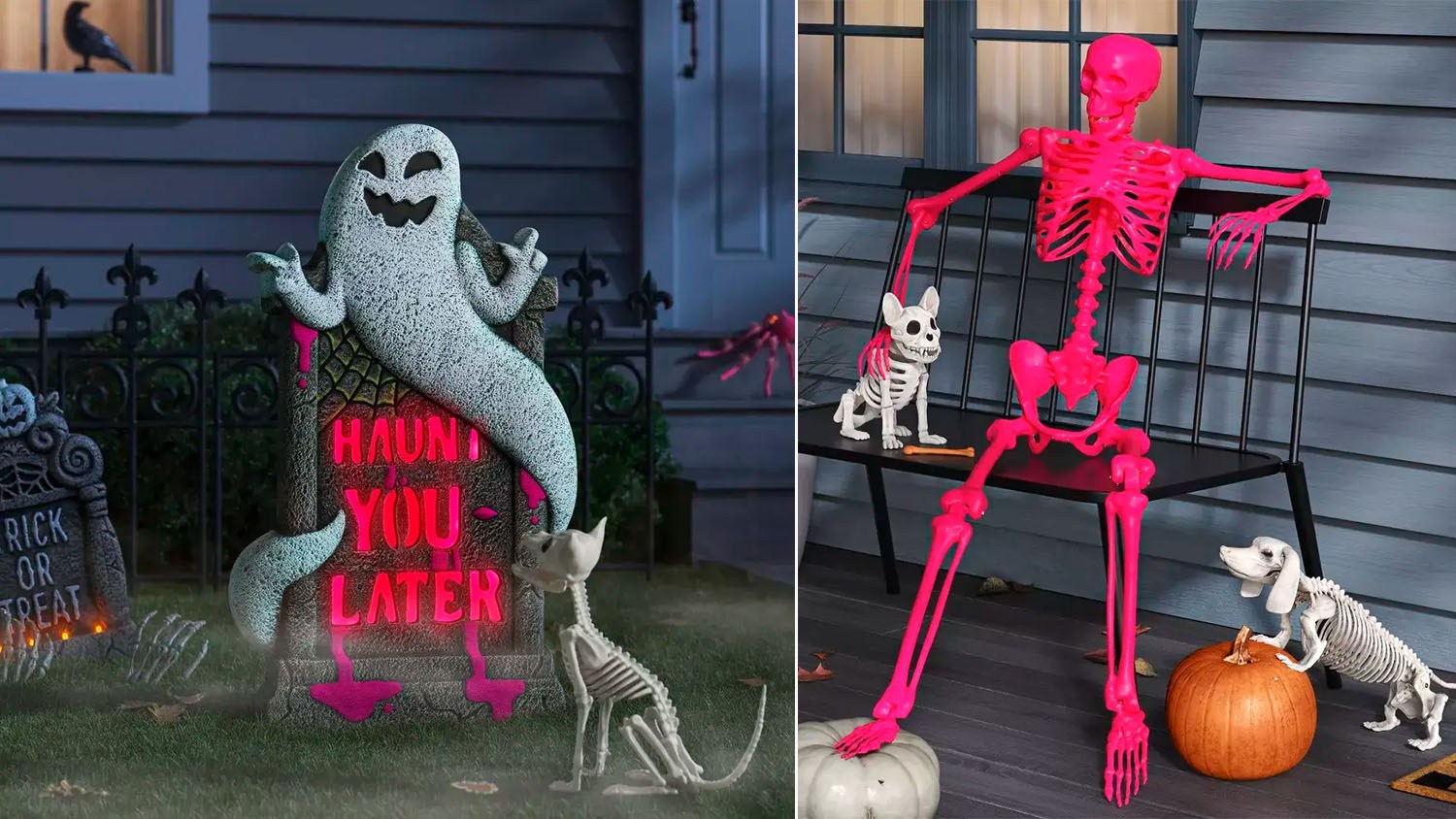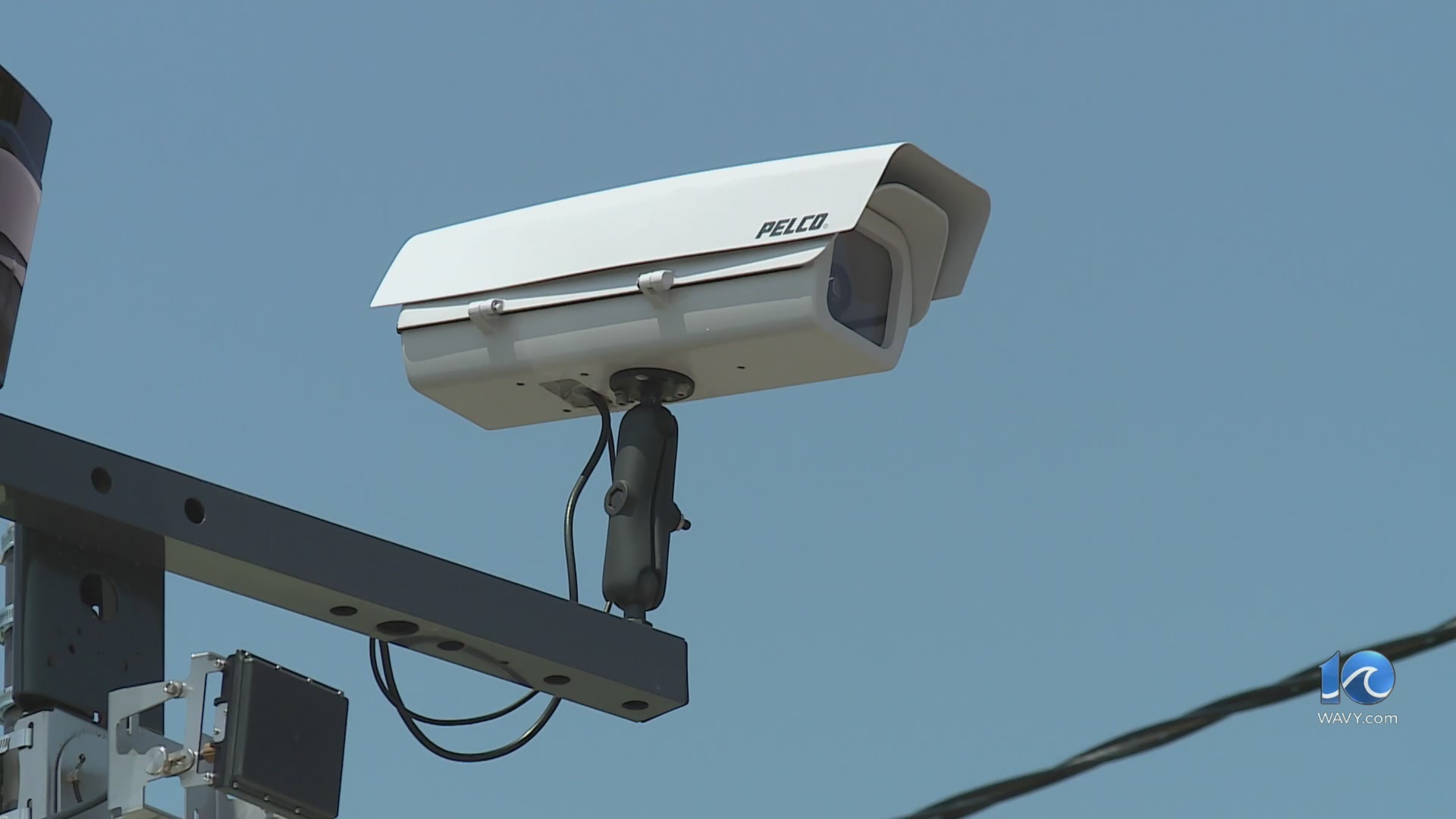RICHMOND, Va. (WRIC) — In the days leading up to Día de Los Muertos, families gather items that remind them of their departed loved ones and adorn altars to honor them so they know they will never be forgotten. Family members hold vigils and visit cemeteries with marigolds in hand.
In Mexico, Día de Los Muertos, also known as Day of the Dead, is a time to honor ancestors and loved ones that have gone to the spirit world. Celebrations are held after Halloween on Nov. 1 and 2 which are two major Catholic holy days, All Saints Day and All Souls Day.
8News spoke with Andrew Chesnut, Ph.D., professor of religious studies at Virginia Commonwealth University, who explained how these Catholic holidays and Día de Los Muertos came together as one celebration.
Chesnut said that as part of the Spanish colonization of the Americas, Spaniards brought Catholicism and its holy days to the continent. Already in Central Mexico, the Aztecs had a similar celebration dedicated to honoring their dead that lasted for a month during the modern month of August.
During that month, the Aztecs honored the spirit of the dead and paid tribute to Mictēcacihuātl, the Aztec death goddess who ruled the underworld.
But instead of seeing the common threads between the festivals and what they honored, the Spaniards had a different plan.
“The Spanish Catholics see everything that’s indigenous religion as basically satanic and it needs to be wiped out,” Professor Chesnut explained. “So they take this Aztec month of the dead and they combine it and collapse into the two days of the dead that we have.”

Today in Mexico, Día de Los Muertos is still celebrated on Nov. 1 and 2, also still the Catholic holidays — All Saints Day and All Souls Day. During this time, families create altars for their departed so they no longer cease to exist – they come together from the spirit world on these days and nights. Deceased infants and children are celebrated on Nov. 1 while the larger day of honoring adults who have died is held on Nov. 2.
Relatives often gather at graveyards to share drinks and stories or hold night-long vigils. Everyone has their own traditions so every Day of the Dead celebration is unique.
Families place ofrendas (offerings) like sugar skulls, drinks, favorite foods, mole (a Mexican dish), mezcal, tequila and other knick-knacks belonging to the person who died. Cempasúchil (marigolds) are the flower of the dead and they can be seen on alters and throughout the celebration. An iconic symbol of Day of the Dead is sugar and chocolate skulls, which are candy skulls used to adorn altars.
“It’s a mixture of somber and solemn depending on when their loved one died. But also it’s festive. If you go to the cemetery there is also mariachi playing,” Chesnut said.
People of Mexican heritage aren’t the only ones who celebrate the Day of the Dead. Over time the celebrations have spread to other countries including the United States.
In regards to celebrations in Virginia, Chesnut said they aren’t as common because the traditions are not widely celebrated among Central Americans. Virginia’s population of people who emigrated from Central America is much higher than the Mexican population living in the state.
Professor Chesnut told 8News that movies like “Coco” (2017) and the James Bond film “Spectre” (2015) were both catalysts in the growing popularity of Día de Los Muertos.

“‘Coco’ is like dynamite. Even in places where they don’t have much of a Mexican population, you’ll now see all kinds of Day of the Dead events taking place,” Chesnut said adding that many Mexican families, including his wife’s family, were inspired to celebrate Day of the Dead after seeing the movie.
The Mexican state of Michoacán and Oaxaca are the epicenters of Day of the Dead celebrations. The holiday was typically celebrated by rural and working-class families, according to Chesnut.
“My wife grew up in a middle-class family and they would go to the cemeteries, but more as tourists watching the working-class people commemorate and do all their rituals with their departed loved ones,” Chesnut explained. “But after Coco, a lot of my relatives in Michoacán started setting up their own home altars.”
As for the movie “Spectre,” it inspired a massive Dia de Los Muertos parade in Mexico City in 2016. Chesnut called this is an example of life imitating art.

“All these traditions — everyone dressing up as Catrinas, the skeleton dame, is very recent,” Chesnut explained. “La Catrina is a skeleton dame who was created from the pen of graphic illustrator Jose Guadalupe Posada, who created her as a burlesque figure making fun of elite women who at the beginning of the 20th Century would dress like French or other European women walking around with their fancy parasols and dressed to the T’s while the rest of the Mexican population is starving.”
La Catrina has become a symbol of Day of the Dead. Even for Halloween, people will paint their faces in that style. It’s still political satire but has become more commercialized.
“There seems to be like an insatiable appetite to things relating to Mexican death culture,” Chesnut said.

















